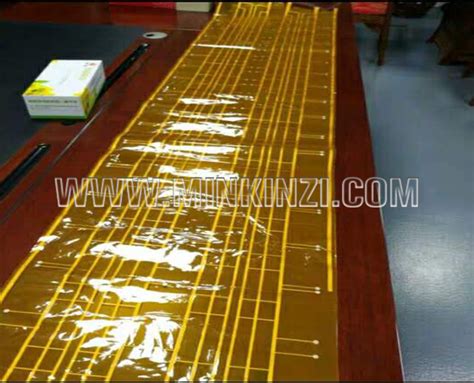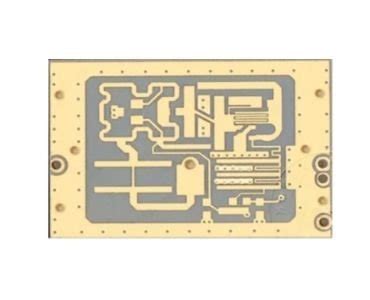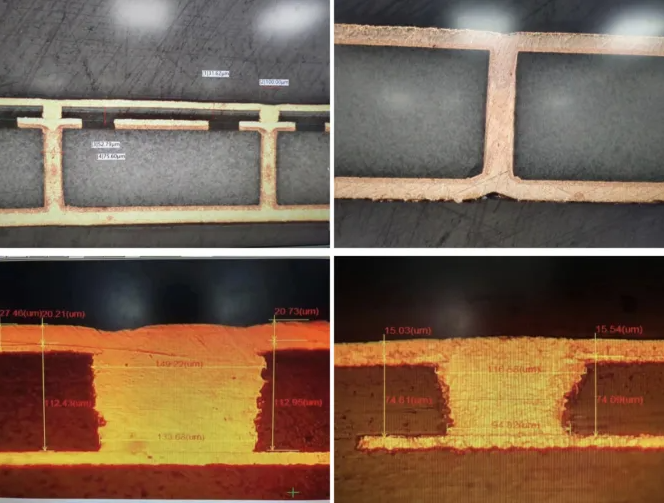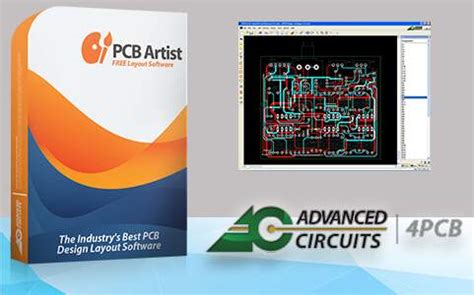Flexible PCB Supplier Fast Prototyping & US Manufacturing
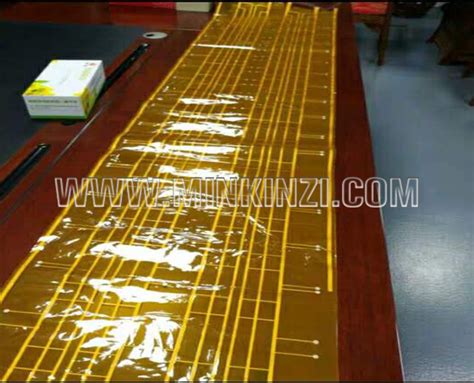
Key Takeaways
When exploring flexible PCB suppliers, understanding core advantages helps streamline your project’s success. Partnering with US-based PCB manufacturing companies ensures faster turnaround times, compliance with domestic quality standards, and reduced logistical delays. Here’s what you need to prioritize:
- Fast prototyping minimizes time-to-market, critical for industries like aerospace or medical devices.
- Rigid-flex solutions balance durability and adaptability, ideal for compact, high-performance applications.
- Transparent PCB manufacturing cost structures prevent budget overruns, especially when scaling production.
Tip: Always request a detailed breakdown of prototyping timelines and material options to align with your project’s technical requirements.
| Factor | Impact on PCB Manufacturing Business |
|---|---|
| Design Complexity | Increases PCB manufacturing cost due to specialized materials |
| Order Volume | Higher volumes reduce per-unit costs |
| Material Choice | High-frequency materials elevate expenses but enhance performance |
Optimizing space-efficient designs reduces weight and maximizes functionality—key for wearables or IoT devices. For example, leading suppliers leverage advanced etching techniques to achieve 30% thinner circuits without compromising reliability.
By aligning your needs with a supplier’s expertise in high-performance PCB prototyping, you ensure seamless transitions from concept to mass production. Focus on clear communication during the quick-turn quote process to avoid delays and cost surprises.

Flexible PCB Supplier Benefits Explained
When selecting a PCB manufacturing partner, collaborating with a specialized flexible PCB supplier offers distinct advantages that streamline your product development. By leveraging expertise from established PCB manufacturing companies, you gain access to advanced fabrication techniques that optimize space efficiency and weight reduction—critical factors in industries like aerospace, medical devices, and wearables. Unlike traditional rigid boards, flexible circuits adapt to complex geometries, enabling designs that maximize functionality without compromising durability.
A key benefit lies in cost management. Experienced suppliers analyze PCB manufacturing cost drivers, such as material selection and layer count, to balance performance with budget constraints. This approach ensures you avoid over-engineering while meeting stringent quality standards. Additionally, partnerships with agile PCB manufacturing business providers accelerate timelines through rapid prototyping and scalable production, reducing time-to-market for high-performance applications.
Transitioning to flexible solutions also future-proofs your projects. Suppliers familiar with rigid-flex integration and high-density interconnects can guide design adjustments that enhance reliability under stress or temperature fluctuations. These collaborations not only address immediate technical challenges but also align with long-term goals like sustainability, as thinner materials often result in lower waste during PCB manufacturing.

Fast Prototyping Services in USA
When developing flexible circuits, speed and precision are critical to staying competitive. Partnering with PCB manufacturing companies in the U.S. ensures you bypass international shipping delays, enabling same-week prototyping for critical projects. These suppliers leverage advanced technologies like laser direct imaging (LDI) and automated optical inspection (AOI) to accelerate production without compromising quality.
A streamlined PCB manufacturing process minimizes PCB manufacturing cost by reducing material waste and optimizing design validation cycles. For instance, rapid-turn services often include real-time feedback loops, allowing you to adjust layouts or materials early in the development phase. This agility is particularly valuable for startups or businesses scaling prototypes into full-scale production.
By aligning with a PCB manufacturing business that prioritizes fast prototyping, you gain access to on-demand engineering support and localized supply chains. This reduces dependency on overseas vendors, mitigates logistical risks, and ensures compliance with U.S. industry standards. Whether you’re iterating a rigid-flex design or testing high-density interconnects, domestic prototyping services provide the responsiveness needed to meet tight deadlines while maintaining performance benchmarks.
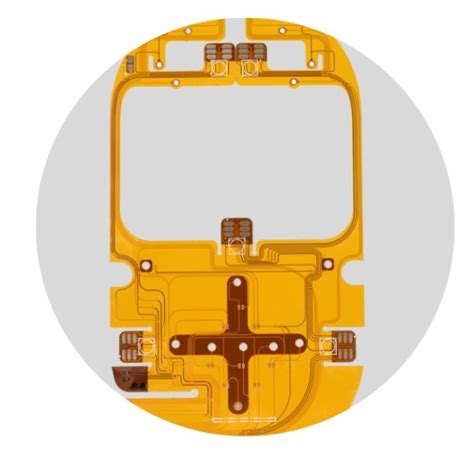
Rigid-Flex PCB Manufacturing Solutions
When designing electronics that demand both durability and adaptability, rigid-flex PCB manufacturing offers a hybrid solution combining rigid board stability with flexible circuit versatility. Leading PCB manufacturing companies leverage advanced techniques to create multilayer designs that withstand mechanical stress while maintaining signal integrity—critical for aerospace, medical devices, and wearables. By integrating rigid and flexible substrates, these boards eliminate connectors and solder joints, reducing failure points and simplifying assembly.
A key advantage lies in optimizing PCB manufacturing cost through material efficiency. Rigid-flex designs often consolidate multiple rigid boards into a single unit, minimizing material waste and assembly steps. This approach not only cuts production expenses but also accelerates timelines, aligning with fast-paced prototyping needs. For businesses evaluating PCB manufacturing business partnerships, prioritize suppliers with expertise in laser drilling and precision etching to ensure consistent layer alignment and impedance control.
When selecting a partner, verify their capability to balance design complexity with scalable production. Advanced PCB manufacturing processes, like sequential lamination and automated optical inspection (AOI), help maintain quality across high-volume orders. By working with a US-based PCB manufacturing business, you gain tighter oversight of material sourcing and compliance with IPC-6013 standards—essential for applications requiring rigorous reliability testing. This strategic alignment ensures your rigid-flex solutions meet both technical demands and cost-efficiency goals.
Quick-Turn Flexible PCB Quote Process
When seeking flexible PCB manufacturing solutions, understanding the quoting process ensures you avoid delays and budget overruns. Leading PCB manufacturing companies streamline this phase by offering online quote portals or direct engineering consultations. You’ll typically submit design files (Gerber, IPC-2581) and specify requirements like layer count, material type, and bend radius. Advanced suppliers use automated analysis tools to flag potential issues early, reducing back-and-forth revisions.
Critical factors influencing PCB manufacturing cost include material selection (polyimide vs. PET), copper weight, and impedance control needs. For rigid-flex designs, additional considerations like layer transitions or stiffener integration may apply. Reputable providers clarify cost drivers upfront, often delivering quotes within 4-8 hours for standard designs.
To optimize timelines, prioritize suppliers with in-house prototyping capabilities. This minimizes dependencies on third-party vendors, a common bottleneck in the PCB manufacturing business. Some partners even offer tiered pricing for faster turnaround tiers (e.g., 24-hour vs. 5-day). Always verify if the quote includes design-for-manufacturability (DFM) feedback—this step prevents costly mid-production changes.
By aligning your requirements with a supplier’s expertise, you balance speed, PCB manufacturing cost, and quality. Transparent communication during quoting ensures no hidden fees and sets the stage for seamless scale-up to full production. As you move forward, this efficiency directly supports broader goals like space-optimized layouts or weight reduction in final assemblies.
Space-Efficient PCB Design Strategies
When optimizing for space efficiency in PCB manufacturing, you’ll want to prioritize designs that integrate high-density interconnects (HDIs) and advanced layer stacking. By working with PCB manufacturing companies that specialize in flexible circuits, you can leverage ultrathin materials and dynamic bending capabilities to fit electronics into tight or irregular spaces. For instance, rigid-flex PCBs eliminate bulky connectors, merging multiple boards into a single, compact unit—ideal for wearables or aerospace applications where every millimeter counts.
A critical factor in minimizing PCB manufacturing cost is balancing material selection with performance. Polyimide substrates, while slightly pricier, offer superior heat resistance and durability, reducing long-term failure risks. Pairing this with automated routing algorithms ensures traces are optimized for both space and signal integrity. Additionally, adopting modular designs allows components to be repositioned without redesigning the entire layout, saving time and resources.
For businesses scaling their PCB manufacturing business, collaborating with suppliers that offer rapid prototyping ensures iterative testing of space-saving concepts. Techniques like embedded components or via-in-pad structures further shrink footprints while maintaining functionality. By aligning your design goals with a supplier’s expertise in flexible solutions, you achieve not just compactness but also reliability—key for industries where weight and space constraints directly impact product success.
US-Based Flexible PCB Production Guide
When navigating PCB manufacturing in the US, proximity to design teams and streamlined regulatory compliance offer distinct advantages. Domestic PCB manufacturing companies often integrate faster feedback loops, allowing you to refine prototypes iteratively while adhering to IPC-6013 standards. This local focus reduces logistical delays, ensuring tighter alignment between your design intent and production outcomes—critical for high-mix, low-volume projects.
Understanding PCB manufacturing cost drivers—such as material selection, layer counts, and testing protocols—helps optimize budgets without sacrificing reliability. For instance, polyimide substrates might raise initial costs but deliver superior thermal stability for aerospace or medical applications. Partnering with a US-based PCB manufacturing business also simplifies compliance with ITAR or RoHS mandates, avoiding costly rework from overseas supply chain misalignments.
Domestic producers typically emphasize scalable workflows, combining automated assembly lines with hands-on engineering support. This hybrid approach ensures rapid ramp-up from prototyping to full-scale production while maintaining traceability—a key factor when auditing quality controls. By prioritizing suppliers with AS9100 or ISO 13485 certifications, you secure supply chain resilience tailored to industries where traceability and rapid iteration define success.
Reducing Weight with Flex PCB Tech
When designing compact electronics, every gram matters. Flexible PCB manufacturing enables you to replace rigid boards and bulky wiring with ultra-thin, lightweight circuits that conform to tight spaces. By using polyimide or similar materials, PCB manufacturing companies can create circuits up to 90% lighter than traditional alternatives, reducing overall device weight without compromising durability.
Critical to this process is eliminating unnecessary connectors and solder joints, which add mass and failure points. Advanced PCB manufacturing techniques, such as laser etching and roll-to-roll processing, ensure precision while keeping PCB manufacturing cost competitive. For instance, integrating rigid-flex designs allows sections of the board to remain sturdy where needed, while flexible portions bend around components—optimizing both space and weight.
For businesses balancing performance and portability, partnering with a PCB manufacturing business specializing in flex technology ensures access to tailored solutions. Whether for wearables, aerospace, or medical devices, reducing weight through flex circuits can directly enhance user comfort, energy efficiency, and operational longevity—key factors in today’s innovation-driven markets.
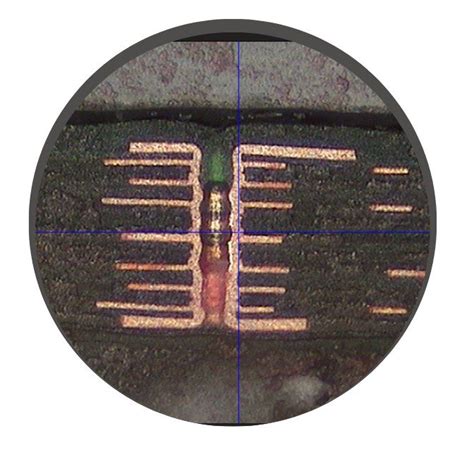
High-Performance PCB Prototyping Tips
When developing high-performance flexible PCBs, prioritizing precision and efficiency ensures your designs meet demanding technical requirements. Start by selecting materials optimized for thermal stability and signal integrity, such as polyimide or liquid crystal polymer (LCP), which are critical for applications in aerospace or medical devices. Collaborate early with PCB manufacturing companies to align your design with industry-standard fabrication processes, minimizing delays during prototyping.
Balancing PCB manufacturing cost with performance often involves simplifying layer counts or leveraging panelization strategies to reduce material waste. Use simulation tools to predict signal loss and thermal behavior, allowing adjustments before production. For rigid-flex designs, ensure bend regions are clearly defined to avoid mechanical stress—a common oversight that escalates PCB manufacturing business expenses during rework.
When selecting a partner, verify their expertise in quick-turn prototyping and access to advanced equipment like laser direct imaging (LDI). This ensures tighter tolerances for features like microvias or fine-pitch traces. Finally, rigorously test prototypes under real-world conditions—thermal cycling, vibration, and impedance testing—to validate durability before scaling to full production. By integrating these practices, you streamline the path from concept to reliable, high-performance boards.
Conclusion
When selecting a PCB manufacturing partner, balancing speed, quality, and PCB manufacturing cost becomes critical to your project’s success. By aligning with US-based PCB manufacturing companies, you gain access to rapid prototyping capabilities and localized expertise, ensuring tighter control over design iterations and production timelines. This approach not only accelerates time-to-market but also streamlines communication, reducing risks associated with offshore supply chains.
For businesses aiming to optimize their PCB manufacturing business strategy, prioritizing space-efficient layouts and lightweight materials in flexible PCB designs can lead to significant long-term savings. Advanced rigid-flex solutions, paired with quick-turn services, allow you to adapt to evolving technical requirements without compromising performance. Remember, the right supplier doesn’t just deliver boards—they collaborate to refine your vision, offering insights that enhance durability and functionality. Whether scaling production or iterating prototypes, a partner invested in high-performance outcomes ensures your electronics stay ahead in competitive markets.
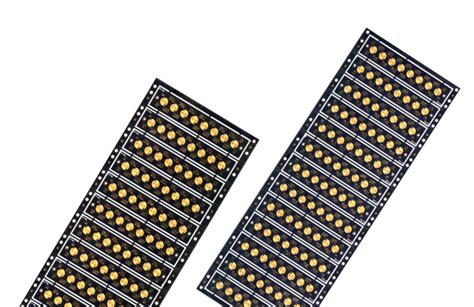
FAQs
How do you choose the right flexible PCB manufacturing partner?
Look for PCB manufacturing companies with expertise in rigid-flex solutions and a proven track record of fast prototyping. Ensure they offer transparent PCB manufacturing cost breakdowns and prioritize quality certifications like ISO 9001.
What factors influence PCB manufacturing cost for flexible designs?
Material selection, layer count, and turnaround time are key drivers. Partnering with US-based PCB manufacturing suppliers often reduces logistical delays, balancing cost-efficiency with adherence to strict quality standards.
Can flexible PCB tech reduce weight in complex assemblies?
Absolutely. By replacing bulky wiring with slim, high-density circuits, flexible PCB manufacturing minimizes weight while maintaining durability. This is critical for aerospace, medical devices, and wearables.
Why opt for a US-based PCB manufacturing business?
Local suppliers streamline communication, ensure IP protection, and accelerate prototyping cycles. Their proximity also simplifies compliance with domestic regulations, reducing risks in high-stakes industries.
How do you ensure space efficiency in flexible PCB designs?
Work with engineers who specialize in 3D modeling and high-performance layouts. Optimizing bend radius and component placement maximizes space without compromising reliability.
Ready to Start Your Flexible PCB Project?
For tailored solutions in PCB manufacturing, please click here to connect with experts who deliver precision and speed.

